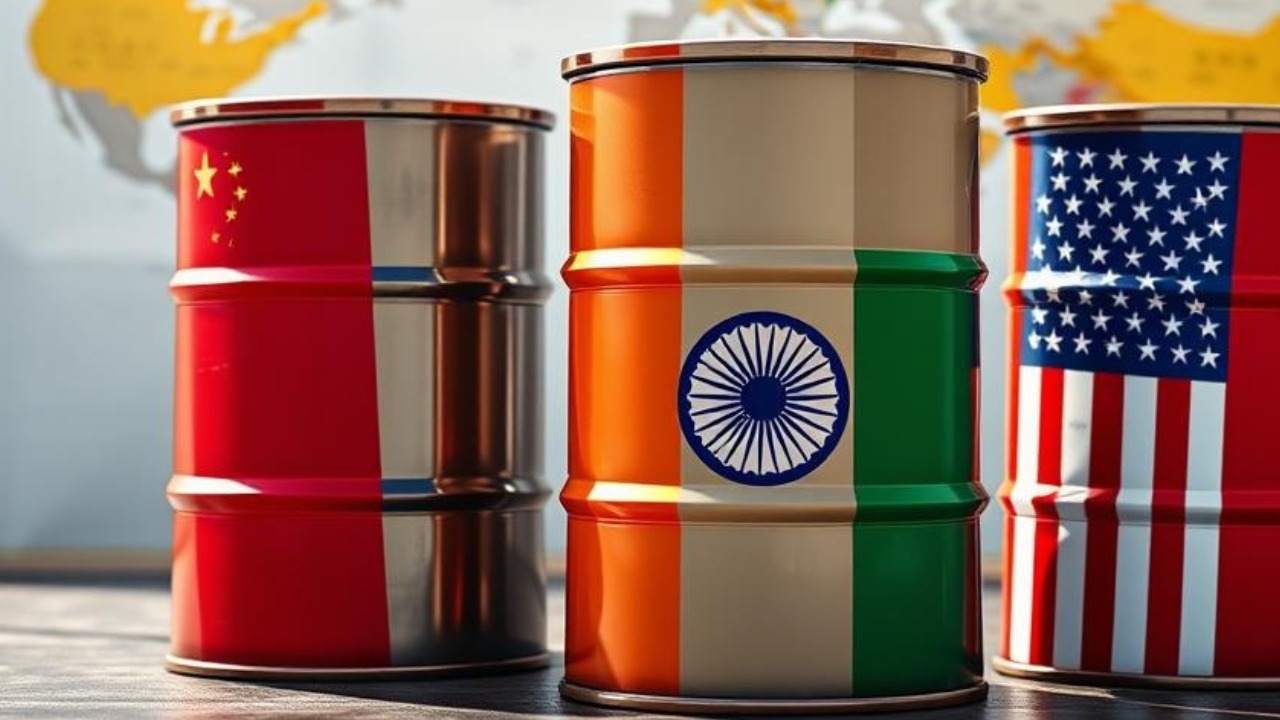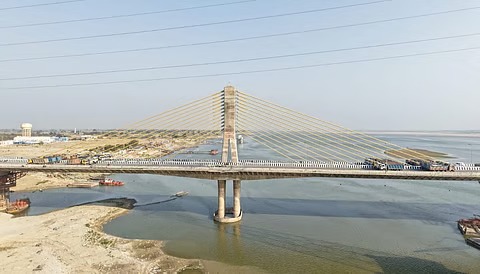
Follow WOWNEWS 24x7 on:

In a move that’s rattling diplomatic circles and trade corridors alike, the United States has imposed steep tariffs on Indian goods, citing excessive profiteering from Russian oil imports. The decision, spearheaded by President Donald Trump’s administration, has sparked questions over Washington’s softer stance toward China, despite similar energy trade patterns. With geopolitical tensions simmering and global energy markets on edge, the rationale behind this selective tariff strategy is drawing intense scrutiny.
Key Takeaways From The Tariff Announcement
- India faces a 50 percent tariff on exports to the US, following an additional 25 percent hike.
- The Trump administration accuses India of profiteering by reselling Russian oil at inflated margins.
- China escapes similar penalties, with US officials citing energy market stability and diversification.
- India’s Russian oil imports surged from less than 1 percent pre-war to over 42 percent post-invasion.
- China’s imports rose modestly from 13 percent to 16 percent, prompting a different US response.
India’s Oil Trade Under Fire
US Treasury Secretary Scott Bessent has publicly accused India of exploiting wartime oil arbitrage. According to Bessent, India’s dramatic increase in Russian oil imports—up from under 1 percent to 42 percent—has enabled the country to generate excess profits of nearly 16 billion dollars. The accusation centers on India’s practice of buying discounted Russian crude, refining it, and reselling it globally at market rates.
Bessent labeled this behavior as profiteering, arguing that such arbitrage undermines the global sanctions regime and distorts energy markets. The Trump administration’s response was swift: a tariff hike that effectively doubles the duty on Indian goods entering the US.
Why China Was Spared
The contrasting treatment of China has raised eyebrows. Despite also importing and refining Russian oil, China has not been subjected to similar trade penalties. US officials, including Secretary of State Marco Rubio, defended the decision by citing China’s diversified energy sourcing and the potential risk of destabilizing global oil prices.
Rubio explained that China’s increase in Russian oil imports was marginal—just 3 percent post-war—and that any tariff action against Beijing could ripple through global markets, driving up energy costs. He added that China’s pre-war oil dependency on Russia was already significant, making its current trade patterns less disruptive.
Geopolitical Calculations And Economic Fallout
The Trump administration’s tariff strategy appears to be shaped as much by economic calculus as by geopolitical signaling. By targeting India—a strategic partner but not a dominant energy player—the US aims to send a message without triggering global price shocks.
China, on the other hand, remains deeply entwined with global supply chains and energy flows. Any punitive action against Beijing could have far-reaching consequences, not just for oil prices but for broader trade dynamics.
European nations have reportedly expressed concern over the proposed Senate bill that initially considered a 100 percent tariff on both India and China. These countries warned that such aggressive measures could disrupt energy access and complicate diplomatic efforts.
India’s Response And Trade Implications
While India has not yet issued an official countermeasure, the tariff hike is expected to impact key sectors including textiles, gems, chemicals, and pharmaceuticals. Analysts warn that the move could strain US-India trade relations and complicate ongoing defense and tech collaborations.
Indian officials are likely to push back against the profiteering narrative, arguing that energy security and market access are legitimate national interests. The coming weeks may see intensified diplomatic engagement as both sides seek to recalibrate their positions.
Conclusion
The tariff escalation marks a turning point in US-India trade relations, driven by complex energy politics and wartime economics. As Washington walks a tightrope between enforcing sanctions and preserving market stability, India finds itself in the crosshairs of a broader geopolitical chessboard. Whether this leads to a deeper rift or a strategic reset remains to be seen.
Sources: MSN News, Times Now, Firstpost, Economic Times





